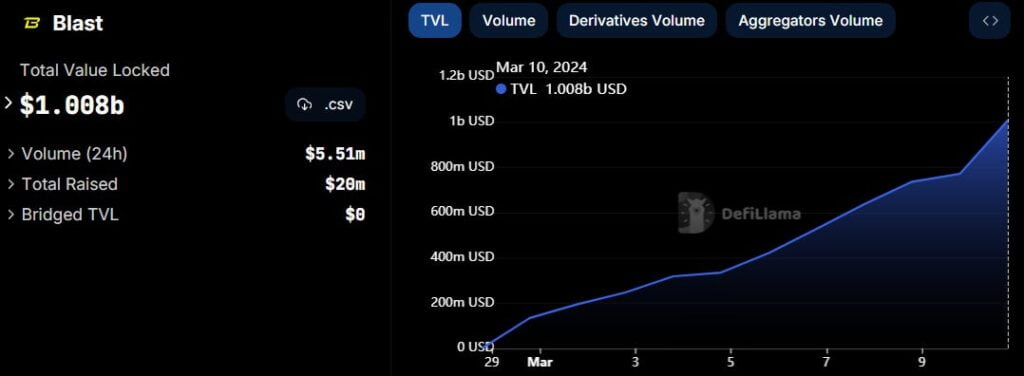Podcast Summary
This podcast episode features a guest from Ethena, a company developing a new stablecoin. The discussion revolves around the current landscape of decentralized finance (DeFi) and stablecoins, the challenges they face, and the unique approach Ethena is taking with its stablecoin. The guest also shares insights on the dynamics of the stablecoin market, the potential regulatory implications of DeFi, and the risks associated with new DeFi protocols.
Key Takeaways
Understanding the Stablecoin Landscape
- Types of Stablecoins: The podcast delves into the different types of stablecoins, including fiat-backed, collateralized, algorithmic, and real-world asset-backed stablecoins. These variations offer diverse options for investors and users in the DeFi space.
- Market Dynamics: The guest highlights the shifting dynamics in the stablecoin market, with USDC losing market share to USDT and new yield-sharing stablecoins due to rate dynamics and the search for treasury returns.
- Challenges: On-chain stablecoins face challenges with collapsing rates and the need to balance decentralization and sustainability. Over-reliance on treasuries and potential regulatory implications are also concerns in the DeFi space.
Ethena’s Unique Approach to Stablecoins
- Yield Generation: Ethena’s stablecoin derives yield from staking ETH on the Beacon chain and hedging positions on Safer Perpetual to maintain dollar value. This approach is designed to provide a stable asset that generates yield, making it easier to use in DeFi.
- Minting Process: The process of minting the stablecoin involves bringing staked ETH to the front end, sending it to an institutional-grade custodian, executing a 1x short on an exchange, and issuing USD once the hedge is confirmed.
- Fee Structure: The stablecoin will have a 10 basis points mint/redeem fee, similar to Tether, and the yield will be paid out following a similar approach to DAI, capturing fees from market maker arbitrage.
Addressing Risks in DeFi Protocols
- Yield and Funding Rates: One potential risk is the yield from staking ETH going down and negative funding rates outweighing the yield on staked ETH. The protocol addresses this risk by having a positive carry from staking ETH and an insurance fund to cover negative funding periods.
- Counterparty Default: The risk of counterparty default is minimized by hedging short positions on centralized exchanges. Users’ assets are not left on exchanges, and the only credit risk is the P&L on the derivative.
- Insurance Fund: The insurance fund will be built up through capturing fees from yield and selling equity and tokens in the project. The target ratio for the insurance fund is around 5 to 10% of the total market capitalization of the stable coin.
Building an Ecosystem in DeFi
- Market Entry: Ethena plans to enter the stablecoin market and compete with larger-cap coins by focusing on two distribution channels: on-chain integrations and centralized exchanges.
- Centralized Exchanges: Ethena recognizes the significantly larger user base of centralized exchanges compared to DeFi and aims to produce a product that is useful for exchanges and compelling for users.
- Integration with Other Chains: Ethena initially plans to deploy on Ethereum L1 due to the existing liquidity, but they are open to exploring other chains using messaging protocols to seamlessly move assets.
Future Plans and Deployment Timeline
- Deployment Timeline: The guest provides an update on the deployment timeline for the stablecoin, mentioning that they are waiting for the final order and conducting tests with market makers before deploying the production contracts in a couple of weeks.
- Collateral Acceptance: The stablecoin will accept various forms of collateral, including Ste and centralized exchange stablecoins, and will make it easy for users to swap their stablecoins for the new stablecoin.
- Staking Pool: The guest explains the concept of a staking pool and how it affects the yield of coins outside the pool. The staking pool should pay out more yield than it generates per dollar, as a certain percentage of the coin is not circulated within the staking pool.
Sentiment Analysis
- Bullish: The guest expresses optimism about the potential of Ethena’s unique approach to stablecoins, which involves deriving yield from staking ETH and hedging positions to maintain dollar value. They also highlight the potential of integrating a yield-bearing stable coin into centralized exchanges, which would offer users who don’t interact with DeFi a way to access yield without self-custody.
- Bearish: The guest acknowledges the challenges and risks associated with new DeFi protocols, including the yield from staking ETH going down and negative funding rates outweighing the yield on staked ETH. They also express skepticism about the current scaling roadmap and the fragmentation of liquidity and user experience across multiple L2s.
- Neutral: The guest provides a balanced view on the current landscape of DeFi and stablecoins, discussing the different types of stablecoins, the shifting dynamics in the stablecoin market, and the challenges they face. They also discuss the importance of ecosystem building in decentralized finance and stable coins, noting that capturing market share is challenging and often based on incentives and being a first mover.












